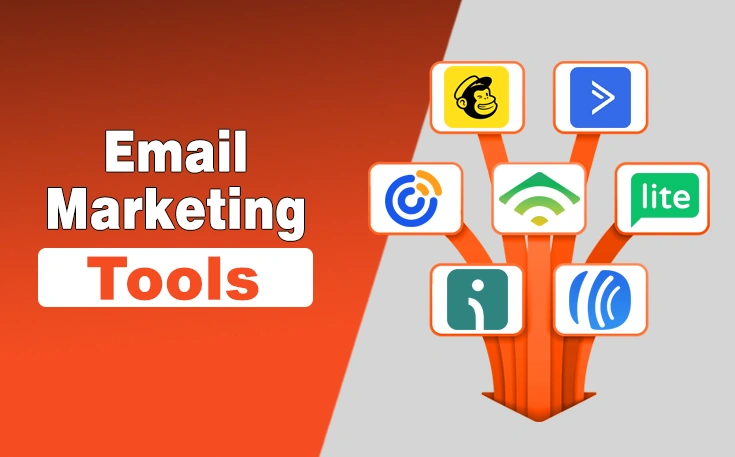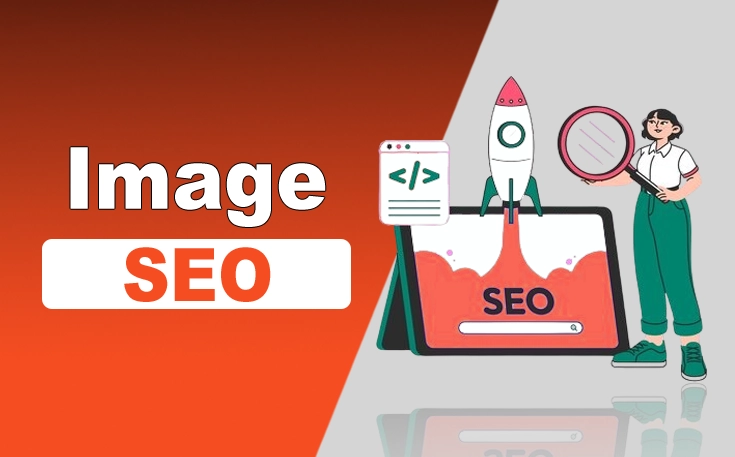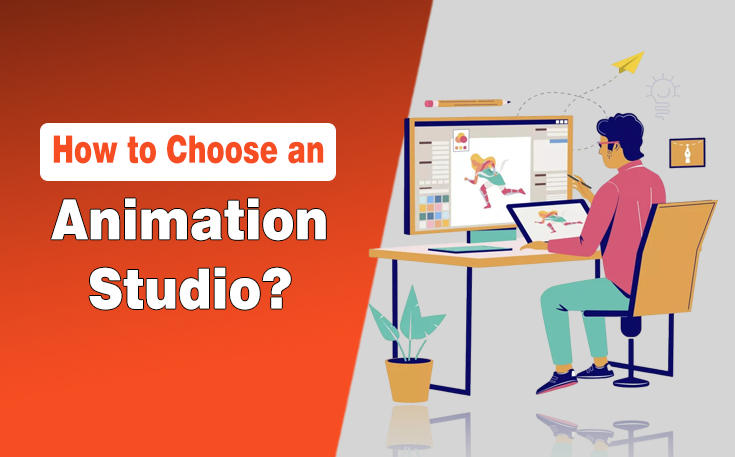Understanding key landing page benchmarks can be a challenging task for most people. However, these benchmarks help you optimize your landing pages for better performance. Focusing on these benchmarks leads you to reach out to a vast audience and draw more leads to your business.
These important benchmarks include conversion rates because they show how well your page performs. How does page load speed matter for a landing page? And which design type is the best for a better user experience?
In this blog post, I will discuss the top landing page benchmarks to focus on for better performance and growth.
Let’s begin!
Why Landing Pages Matter?
Landing pages tell people what to do next. You can choose to register, buy, or get a product in this case. An optimized landing page stands out. It builds trust and helps people make judgements about what to buy. But not all landing pages work. If you know what benchmarks are, you can measure speed better. It also tells you how to get better.
In a market that is getting more competitive because users are raising their expectations. People want experiences that are useful, interesting, and quick. Businesses need to optimize their pages.
I have briefly explained the most important benchmarks, which are style, speed, and conversion rates. Let’s have a look at it.
Top Landing Page Benchmarks
There are multiple benchmarks on which you have to focus while optimizing your landing page. The most important things to focus on are explained below.

Design – An Element of Trust
The design significantly impacts the user experience. An engaging design maintains audience interest. It also enhances credibility. Smart structure, large CTA buttons, and dynamic placement are the primary needs for 2025. But even the most intuitive UX can’t perform if the page loads slowly.
Recent landing page statistics indicate that 40% of users abandon websites that take more than three seconds to load, underscoring the importance of fast and reliable hosting. UI design enhances functionality through effective use of colour, typography, and brand-aligned imagery.
For design enhancement, you need to focus on several key factors like:
- Clear Call-to-Action (CTA): The design significantly impacts the user experience. An engaging design maintains audience interest. It also enhances credibility. A prominent CTA increases the conversion rate by 13.5%.
- Visual Appeal: Visitors spend more time on web pages with high-quality photos. Most of the best sites have hero portions with human faces, such as Amazon and Dior. Visual aspects make it easier for people to interact.
- Simple Layouts: Short calls to action and few words lead to a rise in conversion rates. Keep things simple to help people stay focused.
Speed – An Important KPI
Landing pages perform better when their load speed is optimized. People leave pages that take a long time to load, which increases the bounce rate. If a website takes longer than three seconds to load, 40% of people who visit it will leave.
Here are the most important factors to focus on while working on landing page speed.
- Load Time: Sales increase by a factor of three when the load time is reduced to one second compared to five seconds. The increase for e-commerce is 2.5 times greater.
- Mobile Speed: 53% of mobile users leave pages that take more than three seconds to load. Especially on mobile because most of the users have immediate access to their mobiles. Reduce the size of pictures and code to make them load faster.
To improve performance, make sure images are heavy and use lazy loading properties. Server-side caching is very useful to improve the landing page speed and for a better user experience.
Conversion Rate – A Metric that Matters Most
Conversion is the final performance measure of a landing page. It reveals how effective the page is at converting traffic into results: sales, subscriptions, or inquiries. The conversion analytics on your page show how well it works. Their differences depend on the business and what it wants to achieve. Different industries have a 5.89% conversion rate for landing pages.
Here are some ways to improve your conversion rate:
- Industry Variations: Restaurants and caterers are now leading the industry with a median conversion rate of 9.8%. The SaaS industry is currently behind by 3%.
- Lead Generation Pages: 9 to 12% consumers visit these pages and end up buying something. 10% of consumers get attracted by simple forms, such as having 2 to 3 questions maximum.
- Traffic Source Impact: The conversion rate for traffic through email is 19.3%. Paid search has an average conversion rate of 3.2% and 2.7% of conversion rate is organic.
Strategies to Boost Performance
I have briefly explained the top benchmarks to focus on for the optimization of landing pages. Here are some other benchmarks you have to optimize for getting skyroof results.
Personalize Content
When the content and CTA are personalized according to the audience, 202% buy anything. Use data to adjust your deals and headlines. Fix the issues that the audience is having.
Create Urgency
People act when there is an urgency for something. Put countdown timers or discounts that only last a short time on your landing pages. People are fearful of missing out (FOMO) because of this. FOMO makes a lot of sales happen.
Use Social Proof
People are 34% more likely to buy after viewing things that show they can trust you, such as testimonials. Include reviews from customers or security badges. They make people feel better about themselves and get them to do things.
Summing Up
Understanding top landing page benchmarks such as design, speed, and conversion rates is essential for optimizing your landing pages. A well-designed, fast-loading page with clear calls to action can improve user engagement and drive conversions.
By focusing on personalization, urgency, and social proof, you can further enhance your landing page effectiveness. Regularly analyze these benchmarks to stay competitive and meet the evolving expectations of your audience. Ultimately leading to better business outcomes and a stronger online presence.
Need custom app with amazing features?
Get a Quote




